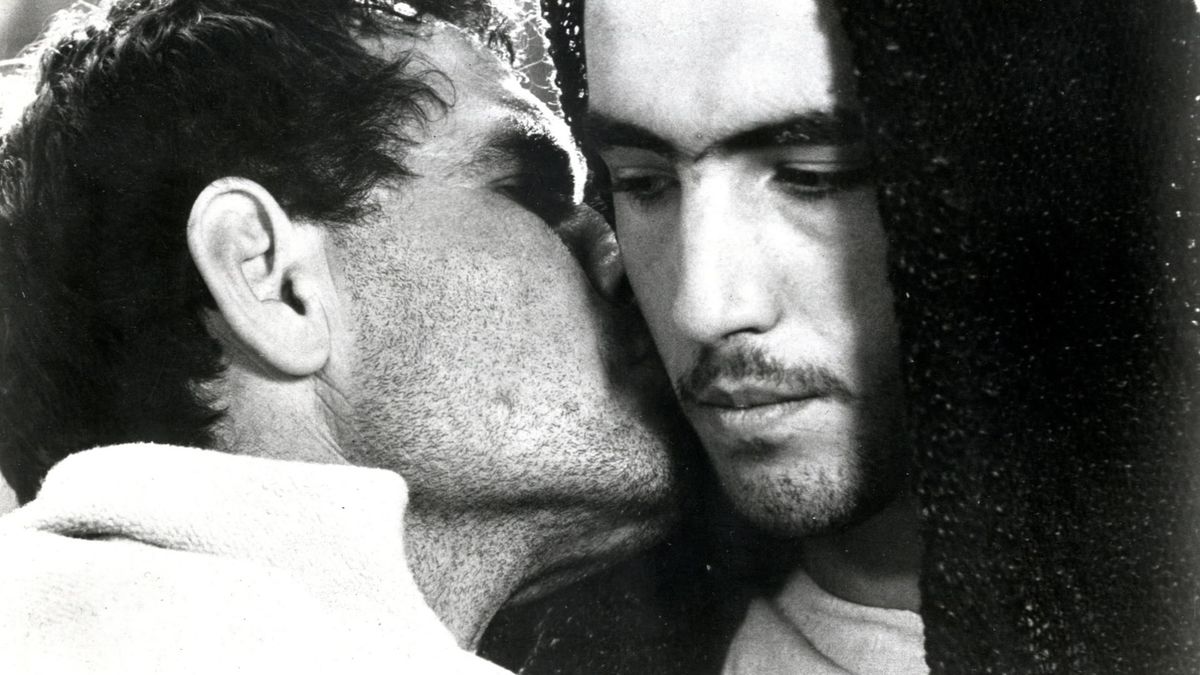



A team of four breaks into an upscale New Orleans apartment block and kidnaps Dyson (Greg Wise), head of the powerful computer conglom Dyscape. His reputation as traitor has seemingly been sealed with a kiss for two thousand years.Opening reels promise a fast-paced, wisecracking ride that doesn’t transpire in practice.

Above Jesus and Judas, the red cloak of John seemingly binds both figures together, connecting both in the moment of betrayal, indicating the gravity of the action.įrom Mark’s Gospel through centuries of culture, Judas has been progressively understood by a Christian audience as a villain whose act in Gethsemane forever connects him to Jesus. In the Renaissance, Caravaggio painted the scene with his characteristic use of light and shadow. Giotto’s Jesus seems confident in his fate on the cross, a theme that the Gospels of Luke and John embellish. The haloed face of Jesus stands out as he looks with open eyes at Judas and stares with vivid emotion at his disciple. Giotto painted Judas, eyes closed, approaching and embracing Jesus while draping Jesus’ body with his cloak. The most famous image of the kiss of Judas is perhaps the work by the late Middle Ages artist Giotto in the Scrovegni Chapel in Padua. But on this artwork, possibly for the first time, the crucifixion is visualized along with the architect of the crucifixion, Judas. Early Christians steered clear of depicting a crucified Jesus to avoid representing Jesus as fallible to non-Christian critics. This scene is first featured along with one of the earliest images of a crucified Jesus on the Maskell ivories, reliefs that now reside in the British Museum. Matthew depicts Judas’s demise memorably: Judas attempts to return the money he received due to his treachery and hangs himself, actually dying before Jesus does ( Matt 27:3-8). Judas’s kiss to identify Jesus would be recognized by the Gospel audience as an act of greeting and honor, and the kiss deepens the narrative drama since Judas is performing an act of dishonor by turning Jesus in to the authorities. Curiously, a male kissing a female on the mouth in greeting was not typical except in Rome, where Greek historian Plutarch explains it as an action a husband takes to see if his wife has been drinking. The kiss could be on the cheek or on the mouth, and such kisses are catalogued from Homer to Virgil onward. Kissing in the ancient world into late antiquity was seen as an act of greeting and of deference, particularly between males. And John avoids the kiss altogether, focusing instead on the villainy of Judas’s treason. Matthew also includes the kiss of Judas in the arrest sequence however, Luke depicts Jesus questioning Judas: “Is it with a kiss that you are betraying the Son of Man?” ( Luke 22:48). Thus, the earliest Gospel establishes the lasting symbol of the Judas kiss. In the Synoptic Gospels beginning with Mark (the earliest Gospel, dating to around 70 C.E.), Judas leads the soldiers and exclaims: “The one I will kiss is the man arrest him and lead him away under guard” ( Mark 14:44). Jesus conducts the Last Supper with his disciples, prays in Gethsemane, and is arrested by soldiers led by Judas. But how did Judas become so ingrained in the popular imagination as a villain over the last two thousand years? His long shadow begins with a kiss.Įach Gospel describes the role that Judas plays in the Passion. Most readers of the Bible can all remember Judas as the betrayer of Jesus. How would you react if someone called you a Judas? Would you instantly assume you were being called a traitor? If so, you would not be alone in that assumption, as the association of the disciple Judas and treachery has been developed for centuries.


 0 kommentar(er)
0 kommentar(er)
